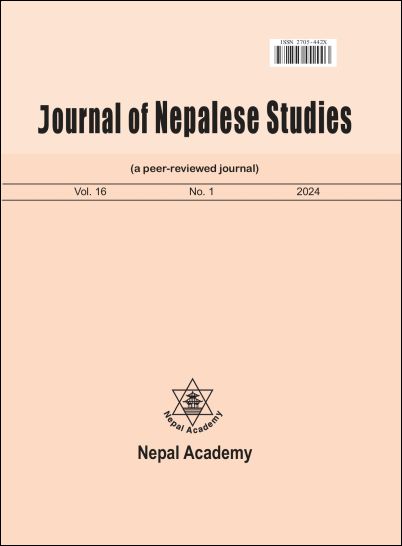Sociolinguistics of Nepali sign language: Orientation and movement
DOI:
https://doi.org/10.3126/jns.v16i1.71775Keywords:
cultural features, movements, non-manual features, orientationAbstract
This paper presents a sociolinguistic introduction to Nepali Sign Language (NSL), focusing on its non-verbal and sociocultural features, specifically orientations and movements. Both primary and secondary sources have been utilized for data collection in the development of this paper. The researcher recorded conversations with NSL native signers as the primary source, while dictionaries, texts, videos, and research papers on NSL were used as secondary sources. NSL signs are articulated using four major regions of the body: head, arm, body, and hand. However, there are also signs in NSL that are articulated from over the head, behind the ear, and below the waist. Furthermore, based on the direction in which palms or knuckles face, there are six hand orientations found in NSL: upward, downward, leftward, rightward, forward, and backward. All six orientations are present in NSL for palms, while only five are found for knuckles. This paper is expected to contribute to further research on sign language and linguistics in Nepal.




